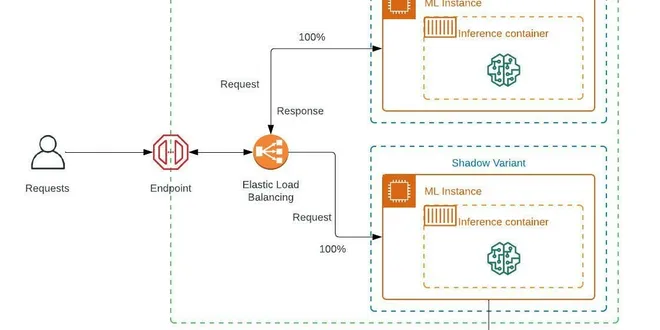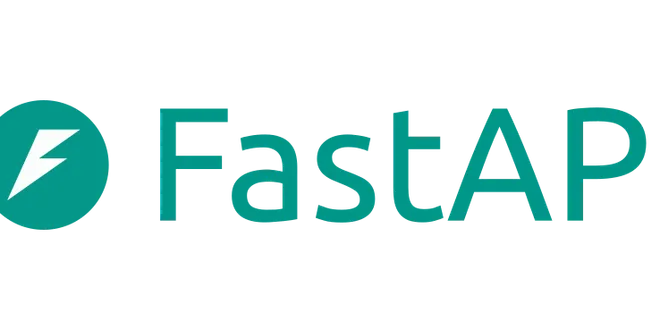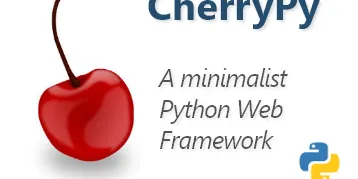Shadow Deployments
Shadow deployments are a strategy used in machine learning and software development to test new model versions or application updates without impacting the user experience. In this approach, a new model, referred to as the shadow variant, runs alongside the existing production model, processing a portion of the incoming requests. This allows developers to compare the performance of the new model against the established one in real-time. By capturing and analyzing the responses from both models, teams can validate the new version’s effectiveness, minimize risks, and ensure a smooth transition before fully promoting the shadow variant to production.

Shadow Deployment of ML Models With Amazon SageMaker
Validate the performance of new ML models by comparing them to production models with Amazon SageMaker shadow testing AWS has announced the shadow model deployment strategy support in Amazon SageMaker...
📚 Read more at Towards AI🔎 Find similar documents

Deployment Strategies
When it comes to deployment, one major question you may have is what deployment pattern (strategy or type) I should pick. Some of the strategies are quick to implement but have a lot of downsides, whi...
📚 Read more at Level Up Coding🔎 Find similar documents

Deployments Concepts
Deployments Concepts When deploying a FastAPI application, or actually, any type of web API, there are several concepts that you probably care about, and using them you can find the most appropriate ...
📚 Read more at FastAPI Documentation🔎 Find similar documents

Deployment
Web application deployment involves packaging and running your app on a server. Learn more about deployments on Full Stack Python.
📚 Read more at Full Stack Python🔎 Find similar documents

Six Deployment Strategies
Over this article, we are discussing different deployment strategies. Different organizations using different deployment strategies based on different factors such as cost savings, downtime management...
📚 Read more at Javarevisited🔎 Find similar documents

📝 Guest post: The Rise of Shadow AI*
In TheSequence Guest Post our partners explain in detail what ML and AI challenges they help deal with. In this article, Fara Hain from Run:ai discusses the problem of ‘shadow AI’ – when siloed teams ...
📚 Read more at TheSequence🔎 Find similar documents

Shadowfier
Generating authentic product shadows using image-processing photo by @kadircelep on unsplash.com Recently, I have been working on a problem statement to generate studio-style product catalogue images...
📚 Read more at Level Up Coding🔎 Find similar documents

Deploy
Deploy CherryPy stands on its own, but as an application server, it is often located in shared or complex environments. For this reason, it is not uncommon to run CherryPy behind a reverse proxy or us...
📚 Read more at CherryPy Documentation and Tutorials🔎 Find similar documents

Deployment - Intro
Deployment - Intro Deploying a FastAPI application is relatively easy. What Does Deployment Mean To deploy an application means to perform the necessary steps to make it available to the users . For ...
📚 Read more at FastAPI Documentation🔎 Find similar documents

Deployment Options
Deployment Options While lightweight and easy to use, Flask’s built-in server is not suitable for production as it doesn’t scale well. Some of the options available for properly running Flask in produ...
📚 Read more at Flask User's Guide🔎 Find similar documents

Deployment Options
Deployment Options While lightweight and easy to use, Flask’s built-in server is not suitable for production as it doesn’t scale well. Some of the options available for properly running Flask in produ...
📚 Read more at Flask User's Guide🔎 Find similar documents

Deploy
Deploy CherryPy stands on its own, but as an application server, it is often located in shared or complex environments. For this reason, it is not uncommon to run CherryPy behind a reverse proxy or us...
📚 Read more at CherryPy🔎 Find similar documents

